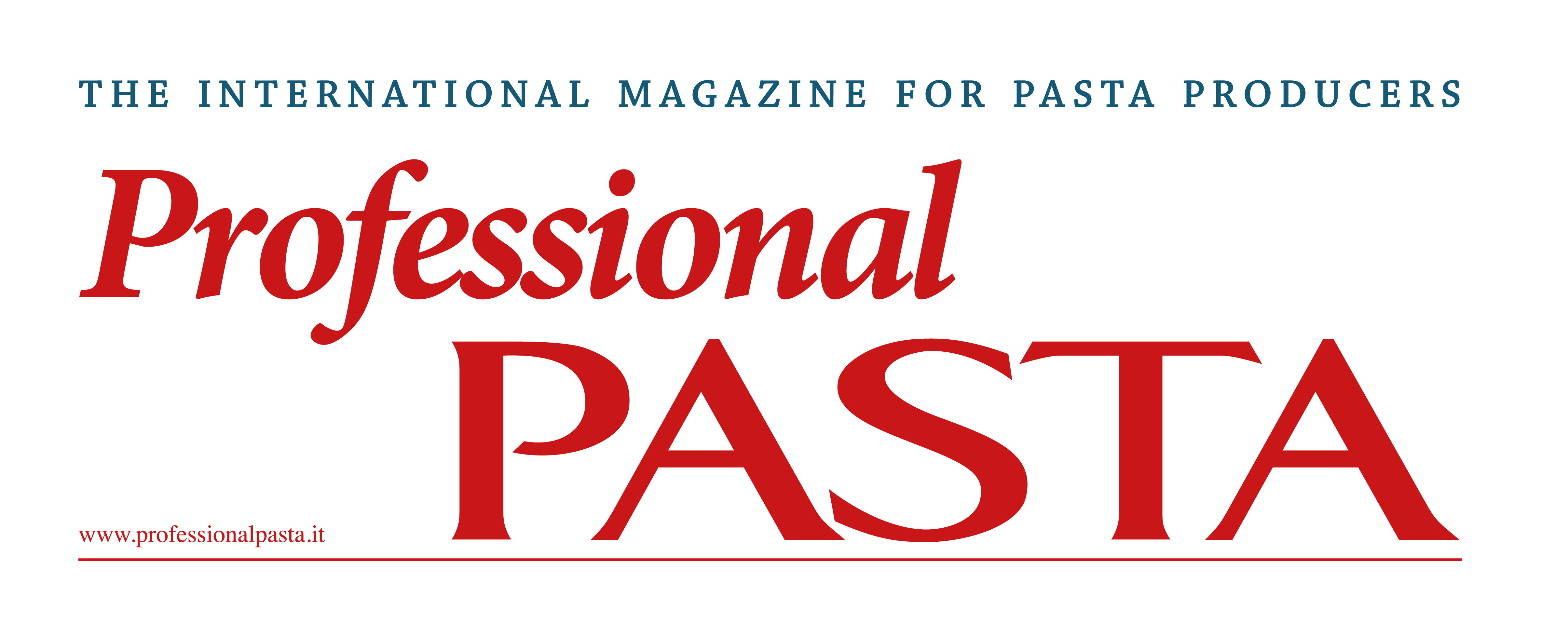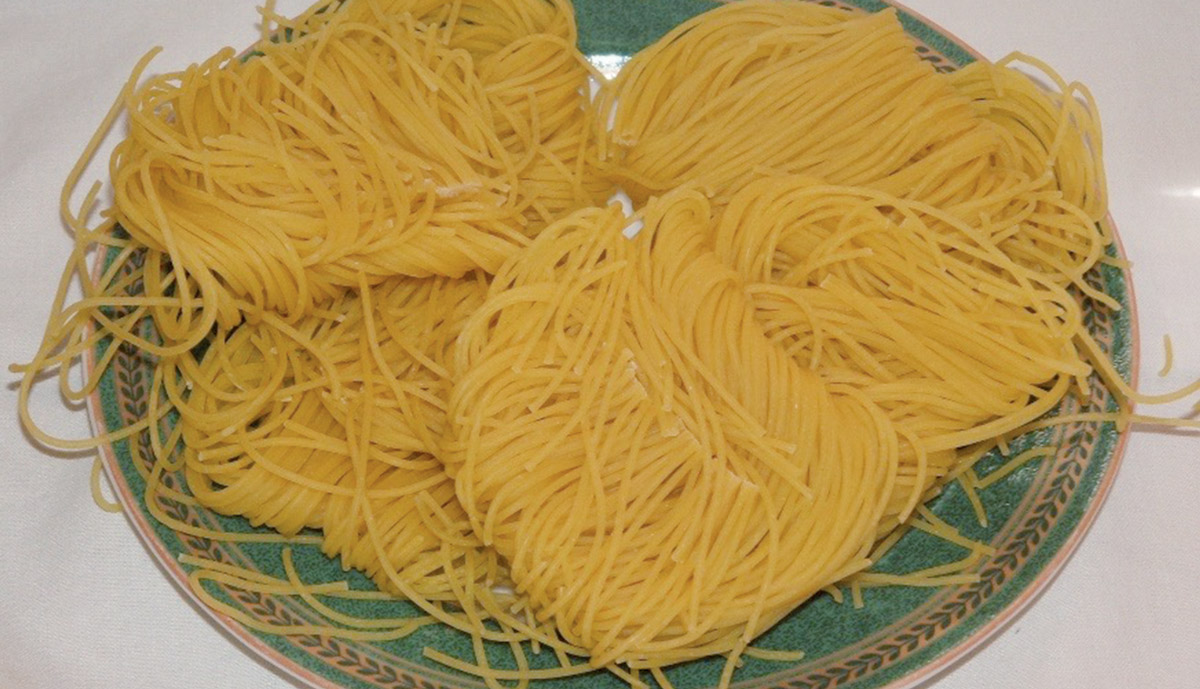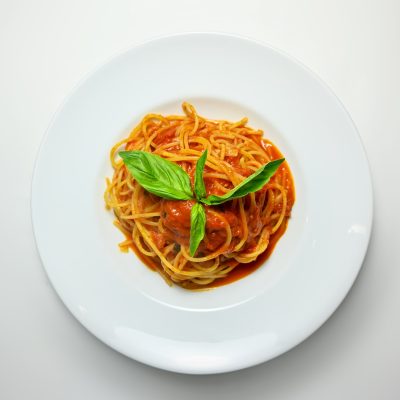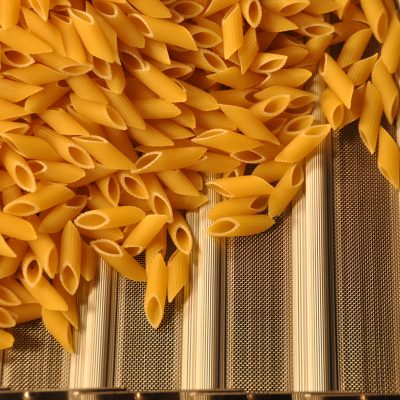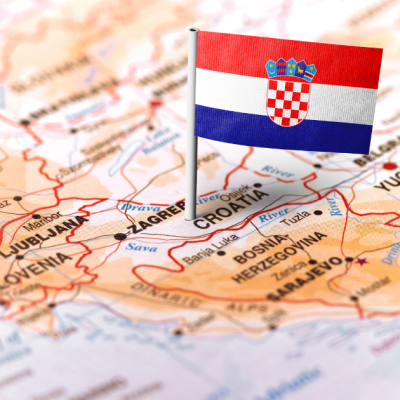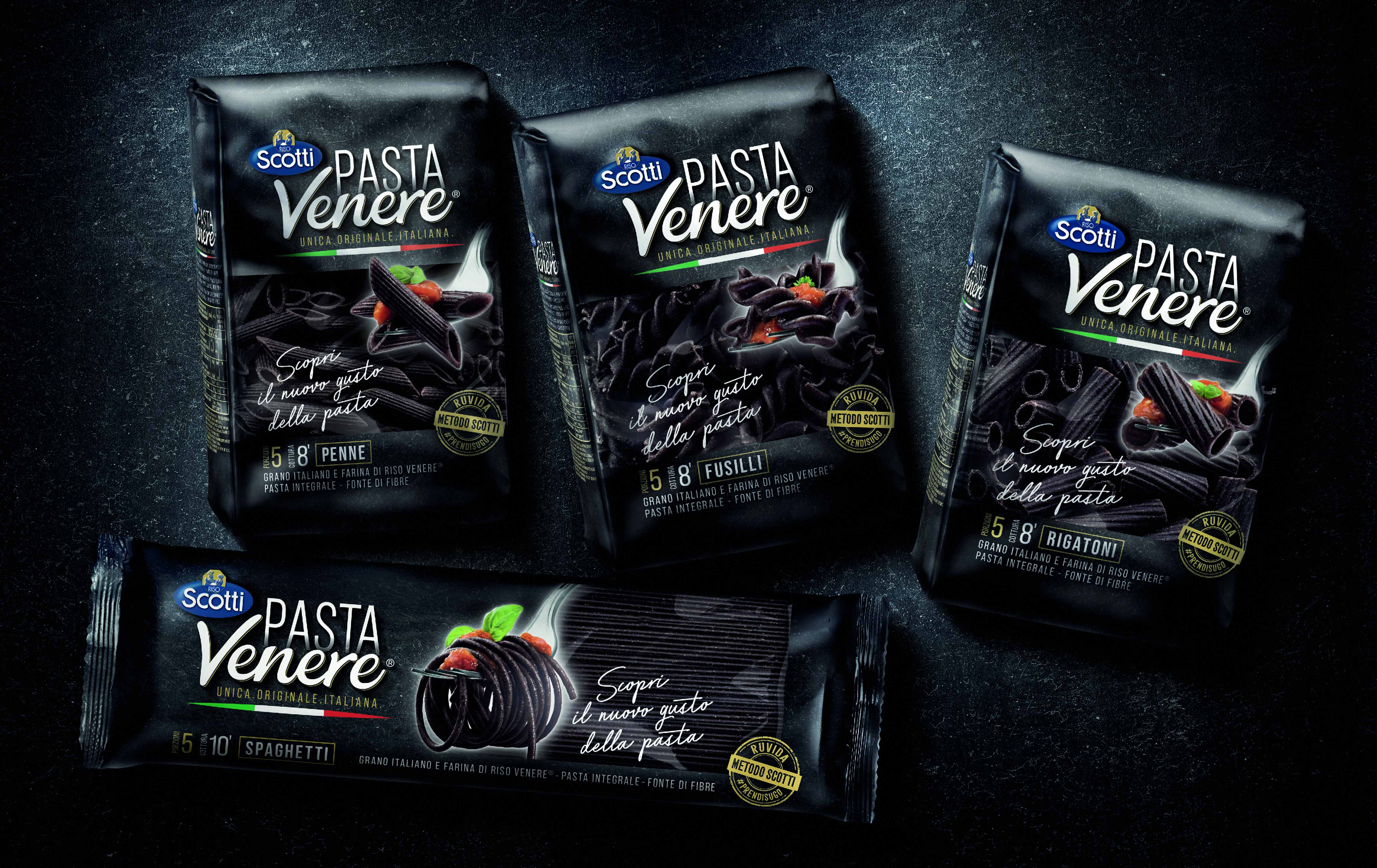“Draw me like one of your maccheroni”
The history of Italian cuisine is the history of pasta. This, at least, is what one would assume on the basis of how popular such a product has become in the daily lives of Italian people.
One could safely say that pasta is now considered an “identity marker” for the country, that is, a food which Italians are happy to associate themselves with, a positive attribute of their nationality, a product which synthetizes their story. What is more, Italians are identified as “pasta eaters” by foreigners as well, which contributes to reinforce such a connection.
Italians and pasta through time and art
As it happens with clichés (or with broken clocks, for that matter), there is a layer of truth behind such an assumption, but the history of pasta is way more complex than one would think. For instance, one has to bear in mind that the success of pasta – similarly to the success of other products elsewhere – is a story of need and hunger, not certainly of high cuisine. Pasta earned a central role in the diet of Italians due to a series of unfortunate circumstances, and firstly in the southern regions: Naples, in particular. After the brutal plague of 1656, the Neapolitan population began to grow again and, during the XVIII century, the city was inhabited by ca. 400,000 or even 450,000 people. This resulted in a condition of extreme poverty for a large portion of society, which drastically affected their diet.
Subscribe to the magazine to read the full article

